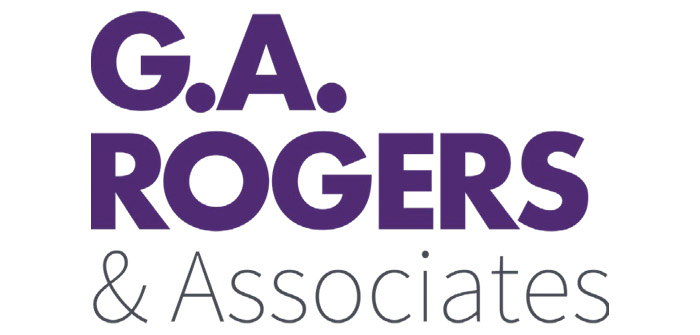In the middle of December, I joined an Economic program titled, “Disinflation — Re-inflation — the U.S. Dollar” sponsored by the ITR group. It consisted of about 60 minutes of data on the U.S. economy paired with 50+ technical slides. If that sounds boring to you, you’re right. It’s hard to digest that much information all at once. To spare you, I consolidated the main points and paired it with local insights on Central Oregon to share here. To summarize the ITR group on the U.S. as a whole, I broke it into challenging and good news:
Challenges:
- Nationally, there has been a painful increase in housing affordability driven by rapid increases in interest rates
- The national labor shortage is not going away. Driving operational efficiencies is important now as there are no quick solutions to adding more skilled labor into the economy
- Healthcare costs will continue going up
The Good Stuff:
- Domestic business profits are at an all-time high
- Industrial production is at an all-time high
- Consumers have low delinquency rates on auto and credit card debt
- Wages will likely level off in 2023 (as opposed to continuing to rise rapidly)
- Construction will accelerate
We are seeing these macro trends mirrored in Central Oregon, although we have some special characteristics to our economy that are worth looking into as well.
The Central Oregon Economy was historically dominated by lumber and wood product manufacturing, construction and hospitality. When housing prices fell through the floor during the 2008 recession, Bend was hit especially hard as all three of our main industries were severely impacted. We lost a third of our construction jobs and many people in the trades elected to leave Central Oregon entirely. Throughout the 2010s, demand to live and work in Bend steadily rose which brought back construction and service jobs as well as entrepreneurial spirit from highly compensated transplants and consultants who weren’t ready to retire. The last few years have brought even more highly compensated transplants, large acquisitions, and the steepest rise in housing costs we have ever seen. The combination of all this means we currently attract people who can afford to live here either due to net worth, remote jobs, or being in the fortunate position to earn over $120k / year here. Poverty with a view is no longer a tenable option.
From a recession perspective, the Central Oregon Economy is more diversified now than in 2008, our supply of available housing is lower (unlikely to steeply fall), demand to hire people here is high and there is over $500MM in capital flowing into large construction projects in the next few years. Those data points combined with ITRs data (above) make it seem like any looming recession will be less impactful relative to 2008. We’re not living in a risk-free zone, though.
The immediate risks to Central Oregon’s economy right now are;
- Housing prices will attract remote workers that don’t contribute to local demand for products and services
- New grads who can’t afford rent and student loans will leave central Oregon which means we won’t be able to replace employees that level up or retire
- Entrepreneurs with limited cash on hand will move their businesses to lower-cost areas
- The local, skilled, mid-level workforce will increasingly seek work arrangements that pay the most
- Delivering the construction projects on time won’t be possible if we cannot bring in more engineers and trade partners
So, what do these risks mean? What is actually going to happen in Central Oregon? A wise person once told me that prediction is a fool’s game. But I was also told to become old and wise, I must first be young and foolish, so here we go.
- Service and retail businesses will struggle to meet demand
- The competition to hire new grads will be won by the largest companies who pay the most
- Companies that rely on discretionary consumer spending will struggle to grow
- Engineering, architecture, and construction businesses will have a ton of work on their horizon. The small firms will likely be consolidated into the larger firms. The top 20% of employees in these roles will have their choice of employers and consolidate to the highest-paying companies
- Home builders will throttle their construction schedules to minimize fallout from buyers concerned with interest rates. Custom homes will keep being built
From the technical perspective, a recession is most likely coming. Higher interest rates will slow growth nationally and in Central Oregon in 2023. Slow growth is not necessarily bad, though. As a business owner, take steps today and prepare an action plan. Identify your industry risks and find ways to mitigate them. Prepare an on-target, above-target and below-target financial forecast and keep that handy throughout the year. Seek out ways to expand your service offering, or conversely, double down on the most lucrative aspects of your businesses by cutting out the waste. When possible, keep extra cash on hand to maintain stability during a slowdown. And, of course, don’t forget that your people are your most important asset.





